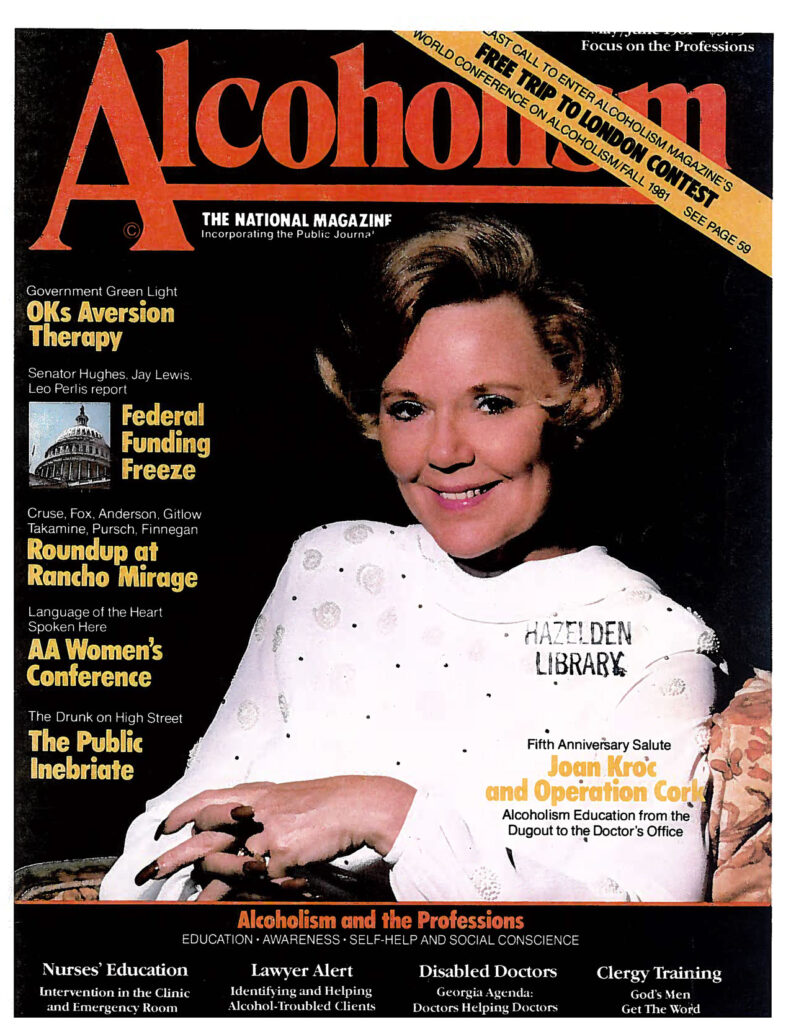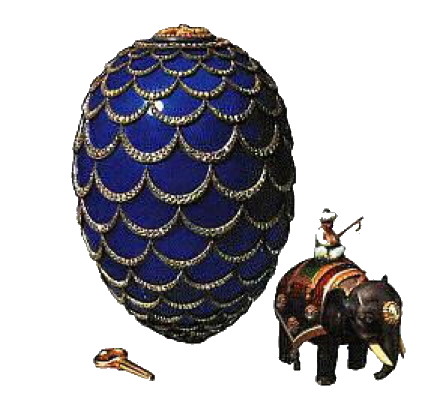The Fortune

JOAN’S LEGACY
From the time she married Ray in 1969, to her death in 2003, Joan donated billions of dollars to a wide variety of causes, many which her husband would have disdained. She gave a million dollars to Ethiopian famine relief; was the first individual to give a million dollars to the Democrats; was a major proponent of the peace movement; an early funder of hospice care, AIDS research and alcoholism education. Her two final, major gifts were to the Salvation Army ($2 billion) which funded the creation of recreation centers in low-income areas, and to NPR, where she gave an unrestricted gift of $250 million. Her foundation, The Joan B. Kroc Foundation, was chartered in 1983, just months before Ray’s death in January 1984, with funds transferred from his Kroc Foundation, which had been established in 1965.
Click here to download the most complete list of Joan’s giving ever compiled.

JOAN’S OPERATION CORK
Joan was at the forefront of the addiction education movement in the 1970s. Her Operation Cork promoted education of principles common to Al-Anon. In addition to several books she published, she also funded the production of five films, all directed by Gerald T. Rogers. Most have not been seen in years. You can find many of them here.

JOAN’S JEWELS
Joan collected fine art and jewels, like this exquisite, one-of-a-kind Faberge Pine Cone Egg; most of her possessions were donated to sold at auction after her death. One little-known chapter in her art life began in 1989, after she sold The J and R Double Arch Ranch in Santa Ynez, California, which she’d hoped to turn into a summer camp for sick children. When the neighbors refused to let that happen, she sold it, gave the proceeds of the sale to Ronald McDonald House, and promised the collection of artworks inside, including Remingtons and Charles Marion Russells, to Rapid City, South Dakota. Joan had lived there in the sixties with her first husband, Rollie, and still had friends in the area. When the city didn’t fulfill its promise to build a museum in which to permanently house and exhibit the work, she rescinded the gift. This was a sad turn not just for the city, which was counting on this formidable donation as a cultural centerpiece, but for art lovers everywhere. She then donated the work to her friends at the Crazy Horse Memorial, where it is not on public display.
Click here for the complete list.
